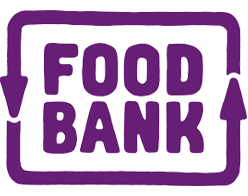Profits
Posted by: Gerry1945
2nd Jul 2011 07:34pm
Too many charities, not enough regulation by the government. 90 cents goes to the charity coffers an 10 cents goes to the charity if it is lucky.
keith
- 26th Oct 2011 12:38pm
It's difficult for me to support government regulation of charities, as government is not a notably good regulator, but the charities sector seems to deserve greater regulation. The Courier Mail of 24 October reported that the amount spent on administration by various charities ranged from 62% in the case of Surf Lifesaving down to 2% in the case of Diabeteds Australia. It is possible that these percentages are misleading because they are not generated on a common basis but the size of the disparity suggests that further enquiry is needed. Charities need to be both efficient and effective. That is, in part, determined by particular achievements or outcomes but, at first sight, I would be reluctant to donate funds to a charity where more is spent on administration than on achieving charitable objectives. Unless deeply committed to a particular charitable purpose, it seems reasonable to donate money to worthy causes that, in fact, commit most of their funding to achieving their stated purposes.
Help Caféstudy members by responding to their questions, or ask your own in Café Chat, and you will get the chance of earning extra rewards. Caféstudy will match these and donate equally to our two chosen Australian charities.



